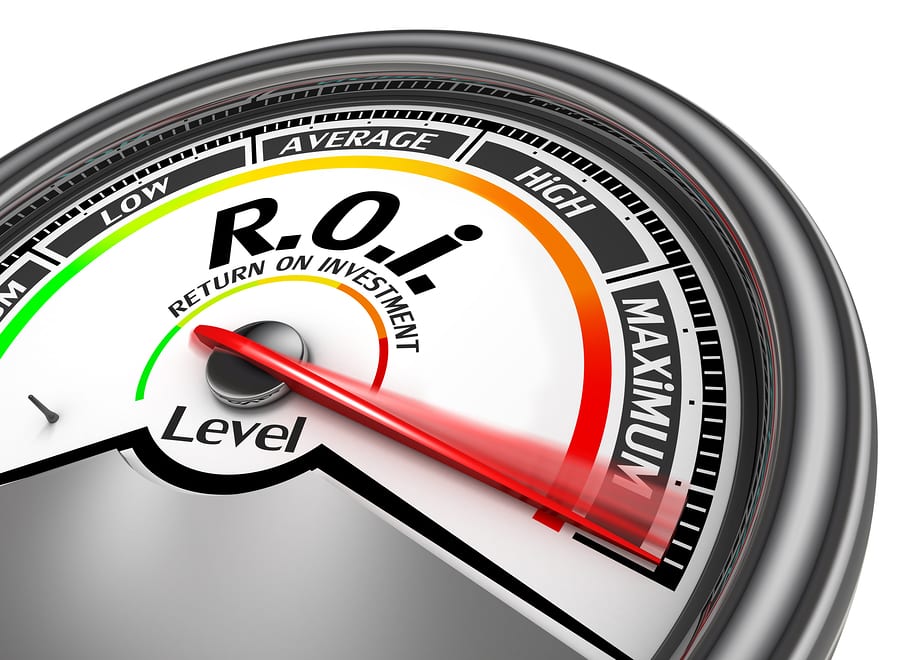6 Post-Purchase Marketing Strategies That Turbo-Boost ROI

Not only are customers more engaged than ever before, but technology has advanced to the point that it’s possible to do almost anything. You can make sales online, compare prices, and interact with customers, and all without ever setting foot inside of a brick-and-mortar location.
There’s a catch, though: that same technology that makes ecommerce so hot right now also makes it difficult.
Sure, customers can buy whatever they want online, but they can also buy from whoever they want. As such, the ecommerce stores that thrive today are the ones who master the art of the post-purchase follow-up and know how to make technology work in their favor.
Here’s what you need to know.
The Importance of the Post-Sale Period
The post-sale period is a bit like the few days after a first date: what you do matters. A lot.
If you let the customer go off on their merry way, you’re very likely going to lose them forever. If you find a meaningful way to follow-up, though, chances are good they’ll keep coming back for more.
Unfortunately, most marketers feel like their work is done after a sale closes.
To put it simply: this is just wrongheaded.
In fact, the sale is only the beginning of the relationship with the customer, and companies that nurture this relationship are far more likely to have good ongoing relationships with their clients.
For an example of why this is true, check out this illustration from McKinsey & Company:

If you view the customer journey as a long, unbroken line, the first sale is just a small fraction of the total value. If you want to keep that line going, you’ve got to find a way to connect with customers before, during, and after the sale.
6 Post-Purchase Marketing Strategies you Should be Using
Keep your customer relationship alive and vibrant with these six post-purchase marketing strategies.
1. Provide Post-Sale Support
If you treat the sale as some very final event, you’re missing out on a significant opportunity to connect with customers.
Here’s why: once a sale is made, there’s no guarantee that your customer is actually happy with the product.
They might want to return it, after all, or they might never use it. If either of these things happens and the customer can’t resolve the issue with you, you run the risk of disgruntled customers taking to review platforms and social media to air their frustrations.
With this in mind, take some proactive steps to support your customers after the sale, as well as through it.
Send follow-up emails after the purchase is complete, create user-friendly instructions for returns, and create a few user guides that help customers navigate your products. These things will increase customer satisfaction and retention almost immediately.
2. Keep Pushing Engaging Content
Now that the customer owns your product, it’s time to help them use it better.
With this in mind, publish some content (or push it directly to them) which shows them how to style your product, how to use it more efficiently, or how to integrate it with other products for a better experience. A customer forum can be helpful in this process, as can social media.
3. Share Reviews
Promote customer confidence and devotion by sharing glowing reviews from your other customers.
While many companies believe reviews are a mere “nice to have,” they’re actually an incredibly important content marketing tactic.
Today, 84% of customers trust online reviews as much as a personal recommendation from a friend. With this in mind, ask your happy customers for reviews, share the positive testimonials you get, and take prompt steps to resolve anything that’s less-than-glowing.
4. Thank Your Customers
This one might seem obvious, but it’s amazing how many ecommerce brands miss it. After a customer purchases from you, be sure to thank them!
There are dozens of ways to do this, but a “thank-you” in the form of a follow-up email is one of the most common. As you create this content, be sure to keep it bright and upbeat. Customers want to feel like you care, not that you’re sending them a templated, generic email.
5. Invite Customers to Get Social
Keep customers engaged by inviting them to interact with your brand on social media.
Even if they don’t make an immediate follow-up purchase, interacting with your social profiles keeps your brand on the top of their mind and ensures they’ll come back next time they need a product or service you offer.
6. Personalize Your Email Marketing
It doesn’t matter if you’re sending follow-up email content if you’re not also personalizing it.
Customers today expect a certain level of personalization from a company, especially after they’ve purchased from you.
With this in mind, the post-purchase period is a great time to segment your lists and ensure the email content you’re sending out is speaking directly to your target audiences.
Win the Post-Purchase Period With These Pro Tips
The post-purchase period is one of the most important and most overlooked time frames in all of ecommerce marketing.
Essential for retaining and engaging customers, and ensuring they transform from leads to brand evangelists, post-purchase content marketing will help your organization grow, and secure a dedicated base of consumers for years to come.
That said, post-purchase marketing can also be a confusing thing to navigate. Many companies aren’t sure where to start and don’t know how to take steps to keep their customers engaged. If you’re in need of a roadmap, these six tips are a great place to start.
Even simple things, like sending out targeted thank-you emails, inviting customers to interact with your brand on social media, and creating a plan to help customers use your products better can go a long way toward keeping buyers engaged and ensuring that they come back for more once they’re ready.
At the end of the day, post-purchase marketing doesn’t have to be difficult; it just has to be personalized and consistent!
Share On:







